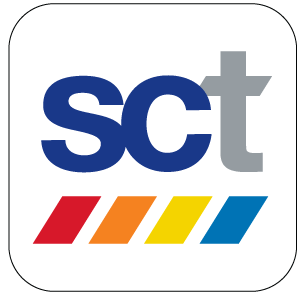
Tips for Riding
Tips for Riding
- Arrive at the bus stop at least 5 minutes early.
- Make sure you’re at the right stop.
- When you see the bus coming, wave your hand to signal the driver to stop the bus. If you’re traveling at night, a telephone screen or flashlight can be useful.
- When paying a cash fare, please have the exact amount ready; drivers don’t carry change. If you’re using a bus pass, have it ready upon boarding. Proper ID is required when paying a discounted fare (student, senior, disabled and Medicare care holder fare). To find out what you might be eligible for, see the Fares page.
- When the bus stops, wait for other passengers to exit and then board through the front doors of the bus.
- All buses are accessible to people with disabilities. If you’d like, request that the bus be lowered or the wheelchair lift/ramp deployed.
- Once on board, find a seat and enjoy the ride. Please remember the following:
- No smoking or use of e-cigarettes are allowed on the bus.
- No eating or drinking on the bus.
- All passengers must wear a shirt and shoes.
- No profanity, harassment or disruptive behavior allowed on the bus.
- Service animals may accompany persons with disabilities. The owner is responsible for the actions of the service animal while on board.
- All radios, phones and other audible devices must be used with earphones. Volume must be at a level that is not disruptive to others on the bus.
- Please keep front seats available for seniors and people with disabilities.
- As the bus approaches your stop, push the yellow signal tape located between the windows. This alerts the driver to stop at the next bus stop.
- Carefully exit the bus. If you have a bicycle on the front rack, please inform the driver before disembarking.
